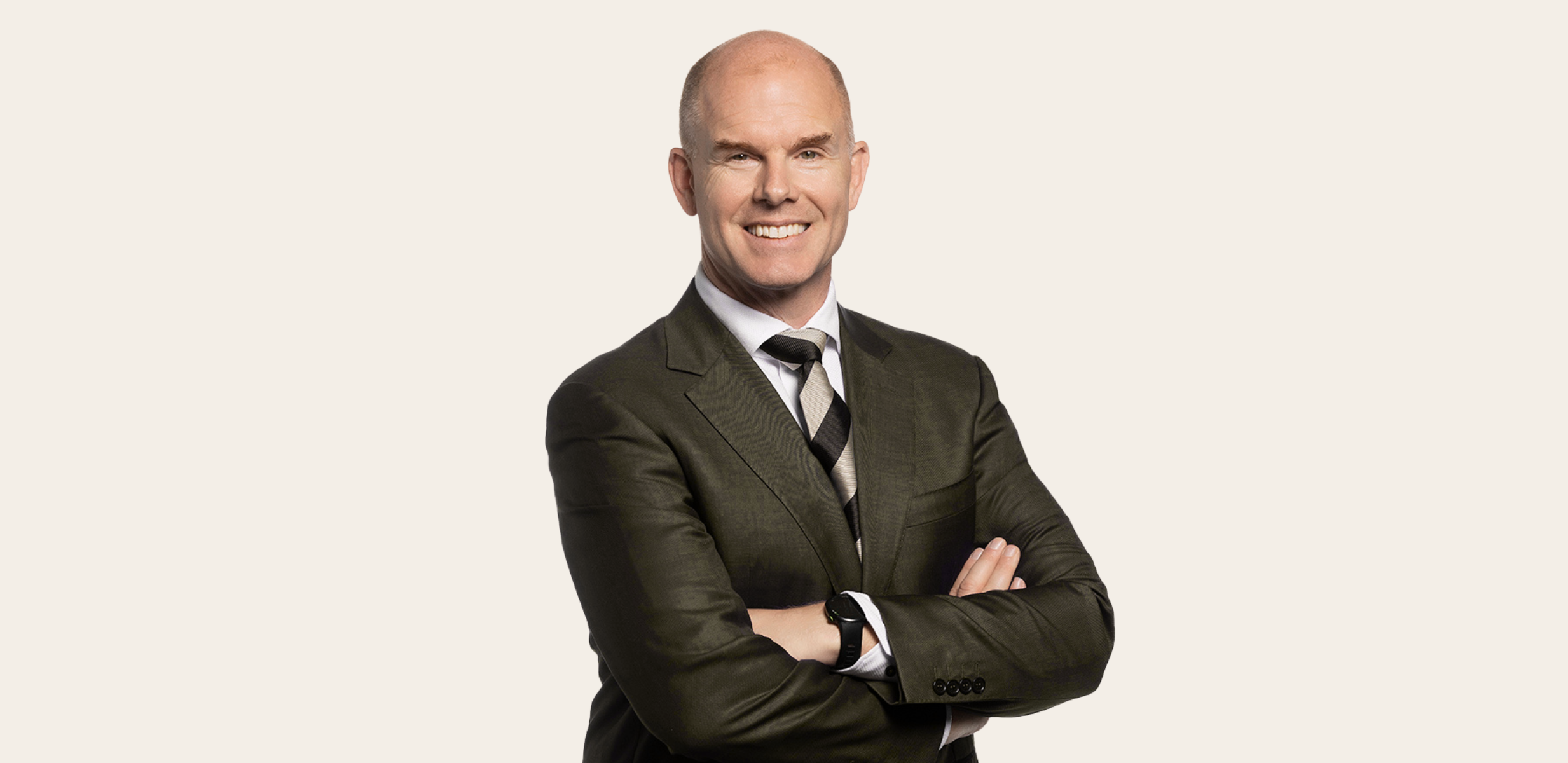
In partnership with Tracksuit. Data provided by Tracksuit; interview and analysis led independently by THE GOODS
Amid leadership transition and tighter financial conditions, Diageo’s innovation engine continues to deliver. In July, the company announced Debra Crew's departure, with CFO Nik Jhangiani stepping in as interim CEO.
In its August results, Diageo reported a 27.8% drop in operating profit, driven by restructuring costs. Yet the company held or gained share in 65% of measured markets, underscoring the strength of its brand-building infrastructure.
At the centre of that system is Chief Innovation Officer Mark Sandys. Over nearly three decades, Sandys has helped reshape innovation from a peripheral function into a core growth platform, one built not just for product development, but for cultural and commercial traction. While the C-suite recalibrates, his team keeps building.
Sandys joined Diageo in 1997.
Man United in a Champions League 99' semi-final; He was the guy running that Guinness Surfer ad through Soho traffic. On VHS.
His job? Assistant brand manager. His task? Get the reel to air. “It taught me two crucial things,” he says. “Craft matters. And capturing authentic culture can amplify a brand enormously.”
That early clarity has shaped how Sandys leads today. Now Chief Innovation Officer, he heads a function that’s evolved from product tinkering to platform thinking. And as the C-suite recalibrates, his team keeps building. No headlines. Just traction.
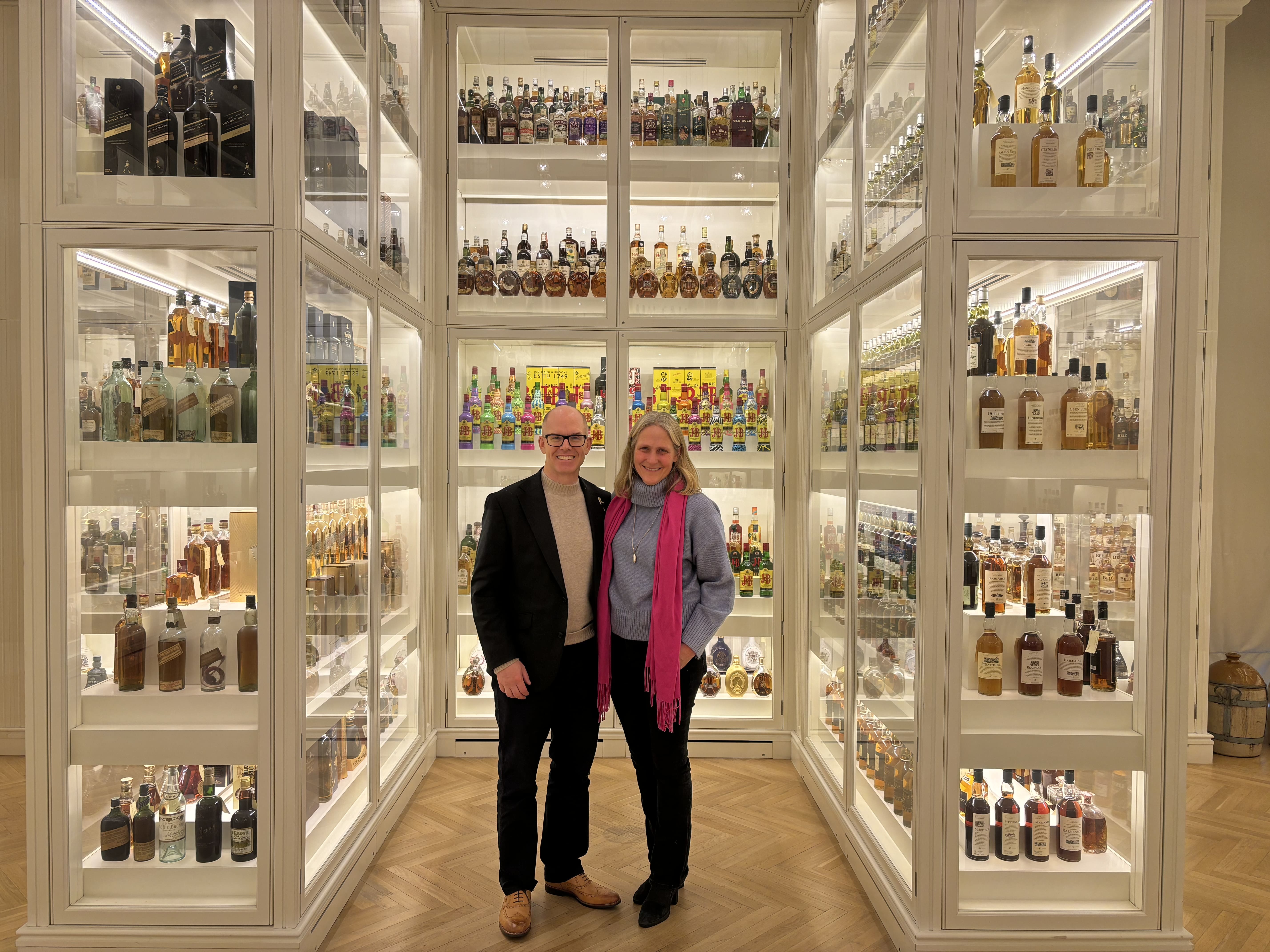
“Innovation always felt like the stretch zone,” Sandys says. “Now, it’s the operating system.” That mindset has reshaped how Diageo thinks about category, occasion and consumer behaviour. Nowhere is that shift clearer than in the company’s approach to alcohol-free.
Take Guinness 0.0. “When we launched it, we thought it was for people in situations where they just couldn't drink,” Sandys explains. “All of our comms were about that, what to drink when you're not drinking.” But consumer behaviour told a different story. “We started seeing people drinking it on Friday and Saturday nights. They were going pint of Guinness, pint of Guinness, then Guinness 0.0.”
That pattern, what his team dubbed “zebra striping”, rewired how Diageo positioned and activated Guinness 0.0. According to brand tracking data from Tracksuit, in the past year alone, awareness has climbed four points. Consideration, usage and preference have each increased by seven. The brand now outperforms all category rivals across the full funnel. Among those aware, 74 percent go on to consider it. Of those, 67 percent prefer it. Consumers describe it as “iconic, trusted, satisfying”, and increasingly, “modern.”
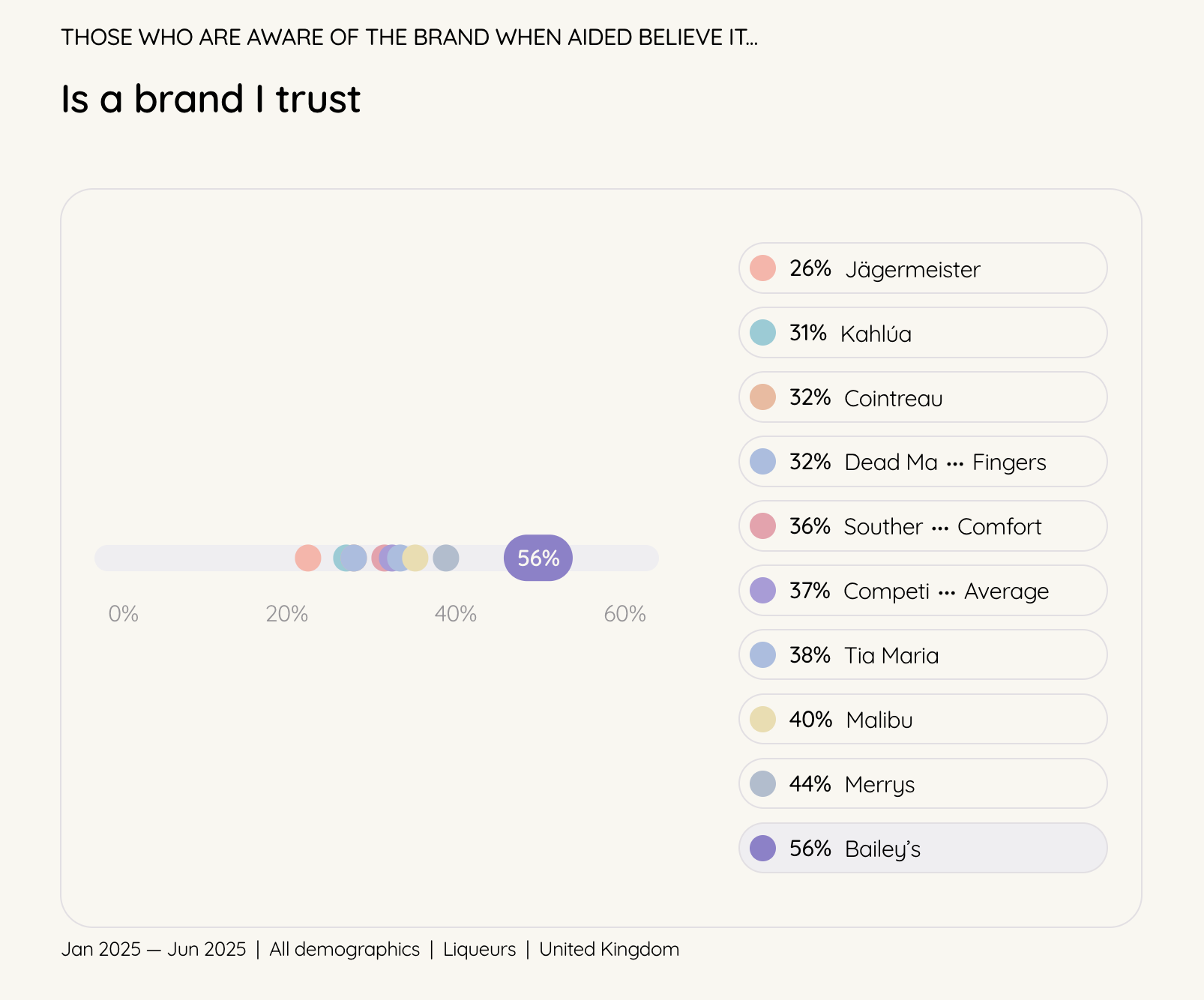
Baileys has followed a different trajectory but is no less instructive. The brand has leaned into its heritage while building credibility in sustainability and supply chain reform. Each day, milk from 40,000 cows reaches the distillery within 24 hours, a supply chain that now powers initiatives like the Baileys Farming Academy, developed with Glanbia, and recent pilots in aluminium and paper packaging.

According to Tracksuit, Baileys continues to lead the liqueurs category across every funnel metric. Seventy-eight percent of those aware consider the brand. Fifty-nine percent of those go on to prefer it. Among consumers over 55, that figure rises to 47 percent. Among 18 to 34-year-olds, awareness remains high, creating headroom to improve conversion. Tracksuit points to a clear opportunity: strengthen relevance and emotional connection through targeted marketing and strategy. Driving deeper engagement to improve conversion further down the funnel.
Where Baileys shines is trust. Fifty-six percent of aware consumers describe it as “a brand I trust,” and 50 percent associate it with being “premium.” But fewer link it with innovation or strong purpose. That, for Sandys, is the next evolution, not a reinvention, but a recalibration of what the brand can stand for, and how it shows up in culture.
On Zoom from London, Sandys wore a dark shirt and spoke with energy and intent. He’s based in Dublin, but his outlook is global. Across nearly three decades, he’s led brands through the UK, Ireland, Singapore and Moscow—building fluency in both category and culture.
“The most exciting, and the most challenging, work I’ve done in every role has always been the innovation work,” he says.
Innovation at scale, like personal growth, depends on leaving the comfort zone. Sandys knows the stretch is where the shift happens. That understanding didn’t come immediately.

Originally launched as a drink for those avoiding alcohol altogether, Guinness 0.0 quickly revealed more layered behaviour. “When we launched it, we thought it was for people in situations where they just couldn't drink,” Sandys explains. “All of our comms were talking about that. We described it as ‘what to drink when you're not drinking.’”
But the reality moved faster than the strategy. “Actually, what we learned is people are drinking it on their Friday and Saturday nights. They’re alternating between pints of Guinness and Guinness 0.0. Because you don’t feel like you're stepping out of the occasion when you have it.”
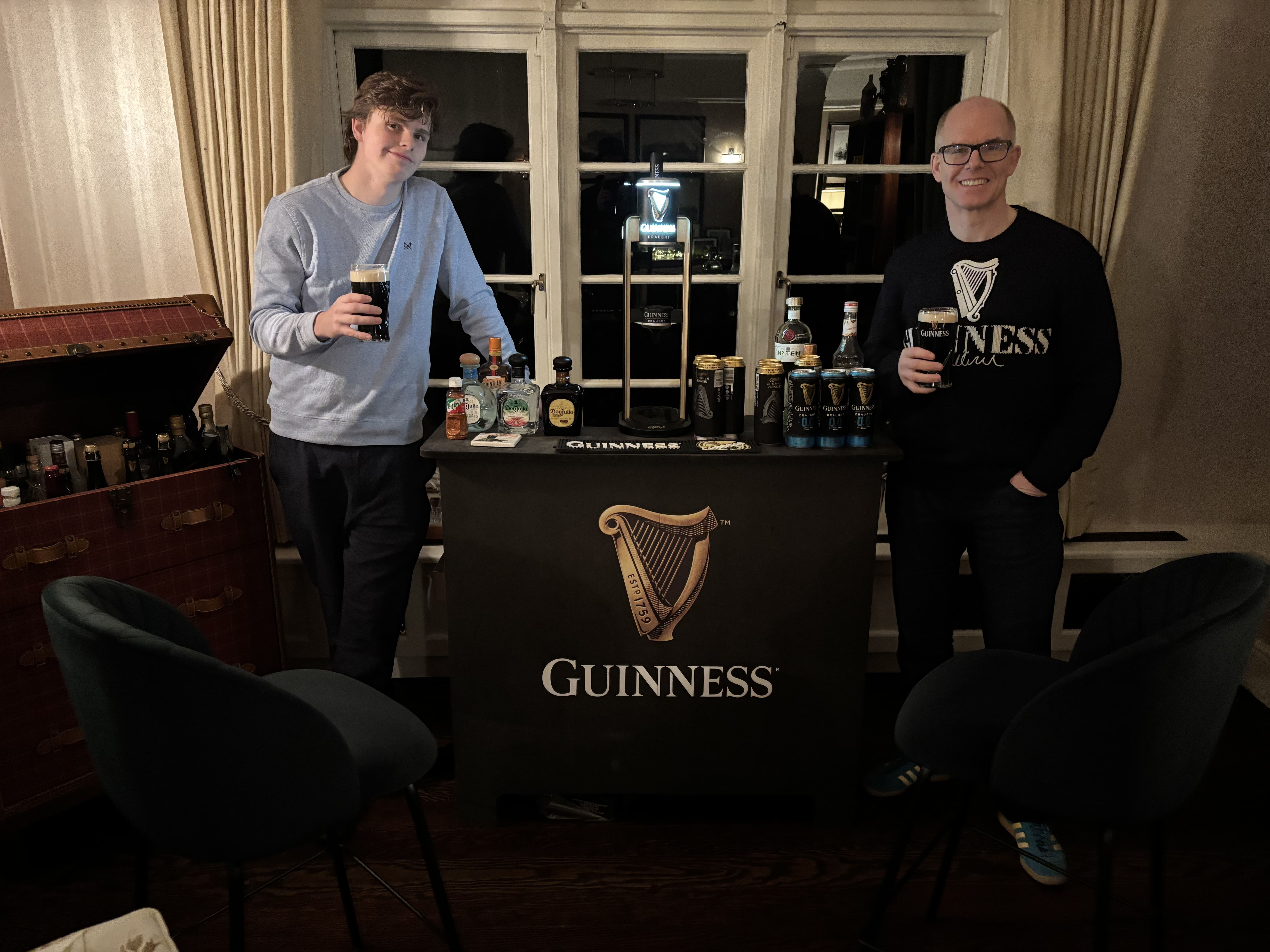
That pattern, what his team dubbed “zebra striping”, reshaped not just how Diageo communicated Guinness 0.0, but how it built its non-alc portfolio going forward. And crucially, it didn’t take years to get there.
Under traditional structures, a launch like Guinness 0.0 might have been slowed by internal drag.
But Diageo’s Breakthrough Innovation unit is designed differently. Dedicated legal and procurement support. Simpler governance. And a 90-day rhythm defined by one mantra: Progress, Pivot, Kill (PPK). Creating constant forward motion. “You don’t want ideas hanging around in a slow maybe,” Sandys says. “Either we’re learning and moving—or we’re not.”
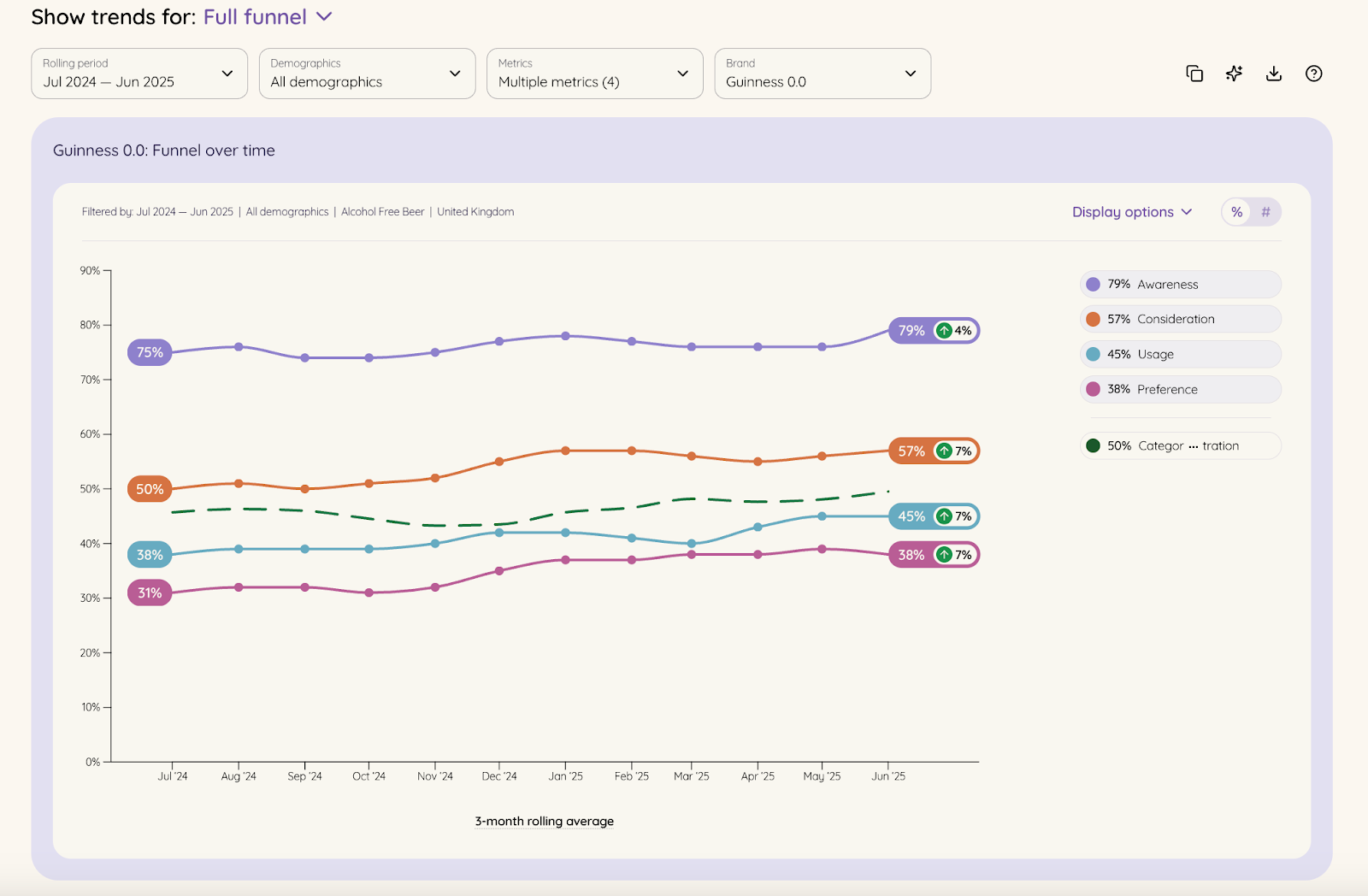
That system, and the culture around it, meant Guinness 0.0 could go from idea to scale while still staying responsive. It is also behind more experimental bets like on-tap spirits and circular glass models. Guinness 0.0 may have started as abstention. But it found its momentum in inclusion.
Tracksuit data confirms the commercial impact. Among UK consumers, awareness of Guinness 0.0 now stands at 77 percent. Preference is especially strong among those aged 18 to 34, with 46 percent in this group selecting it over others. The brand’s ability to convert is striking. Among those aware of Guinness 0.0, 74 percent go on to consider it. Among those, 67 percent prefer it. Trust is high, but associations with “great tasting” and “for people like me” offer room for deeper connection.
That clarity was hard-won. Earlier in his career, Sandys led the Baileys brand team through what initially looked like a breakthrough. “We launched the first wave of Baileys flavours,” he says. “They were an enormous success. Way beyond what we were expecting.”
Then came the overcorrection. “It wasn’t a long-lived success,” he says. “We probably doubled down too much in Year One. Chasing the size of that, rather than seeing it as something that would capture attention but not necessarily bring people back again afterwards.”
The lesson was restraint. “So much of what I learned from that period was about pacing. Starting from the consumer. Thinking hard about what you can do differently, and why.”
Inside Diageo’s Virtual Studio, Sandys and his team use AI tools like Pencil Pro and Grip to support localised content creation. These systems streamline how assets are adapted across markets, especially when labels or regulations differ. But for Sandys, efficiency is not the point.
“Primarily the things that we're scaling are how to do adaptations more efficiently,” he says. “What’s really important though is the core set of ideas.”
That creative discipline matters more as campaigns become increasingly decentralised. “Ten years ago, we wanted everything to look perfect and certain,” he reflects. “Now, we’ve learned to let people be playful with our key assets. Especially on Guinness, that flexibility has become part of how we show up.”
Creativity, in his view, still comes from human insight. And increasingly, from culture itself. This aligns with sociological research on distributed creativity, which sees innovation not as the product of solitary genius, but emerging from networks of collaboration—humans, tools, and audiences co-creating in real time.
Media theorist and PHD Professor Bill Nichols observed a similar shift: culture has moved from an “obsession with objects” to an “enthusiasm for interaction.” The value now lies not in the finished ad, but in how culture picks it up, replays it, and makes it move.
He points to the TikTok-born Guinness Tilt Test—an organic moment where drinkers judged a pint’s quality by how far they could tilt it without spilling. “We started playing back to that influencer. We’re now using that in our summer outdoor campaigns,” he says.
Sandys’ belief in innovation is personal. Early in his career, he chose the safe path, a promotion in London, over a stretch assignment abroad. It took a sharp nudge from Syl Saller, then rising at Diageo and now one of the most respected voices in global marketing, who said: : “You’re absolutely mad. Go do this Baileys job in Ireland.” What started as a three three‑year stint at Baileys turned into a two‑decade journey through Ireland, Moscow (with four kids under five amid the 2008 crash) and beyond. Discussing Moscow Sandys comments, “Everything was different…It was terrifying. And it turned out to be probably my favourite job.”
That stretch didn’t just test him. It became his leadership muscle memory especially during covid. “There’s this massive thing that’s out of your hands. You don’t know what’s going to happen next. But you focus on today. And you think about what life will be like when you come out of it.”
Wherever he lands, he locks in two rituals: one that anchors him to home. One that roots him in the now. In Russia, it was Saturday sauna and curry with BBC reruns. In Singapore, hawker stall breakfasts and food rituals. “You’re not trying to replicate your life,” he says. “You just keep one thing that connects you. And one that embeds you.”
Diageo’s long-term innovation rhythm remains in motion. “The next five years will be shaped by how we stretch,” says Sandys. “Not everything will work. But we will learn. We will move.”
The VHS tape he once ran through Soho did not simply air a commercial. It announced a brand that knew how to move culture. That’s still the goal.
And in the middle of C-suite transition, that might be the more important question. Is your business built to stretch, or just dressed to perform?
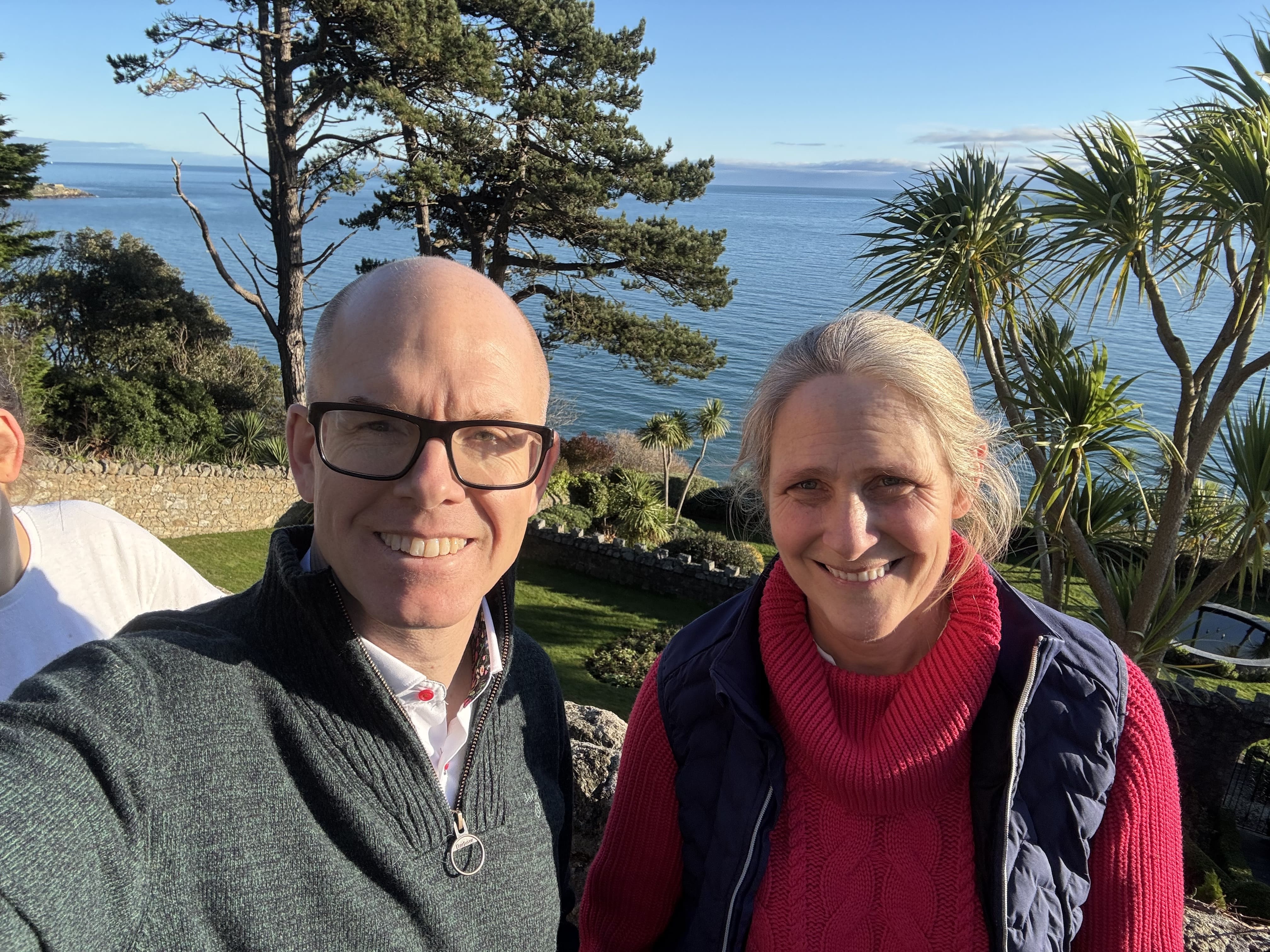
Soundtrack for a 12-hour flight:
“Changes” by 2Pac.
“Free Fallin’” by Tom Petty.
And something new: “Damiano David’s debut solo album—it’s my summer loop.”
Adidas. Not just a pair, but the app. “It’s the only brand app I’ve kept. They’ve nailed coherence across Originals, colabs, and sport.”
Australia. A long-promised family trip for the British & Irish Lions rugby tour, twelve years after the last one. “We said we’d go back. Now the kids are grown, and we are.”
David Lester, founder of OLIPOP. “He started in Diageo, launched one brand that didn’t make it, then built something extraordinary. Humble. Strategic. One to watch.”